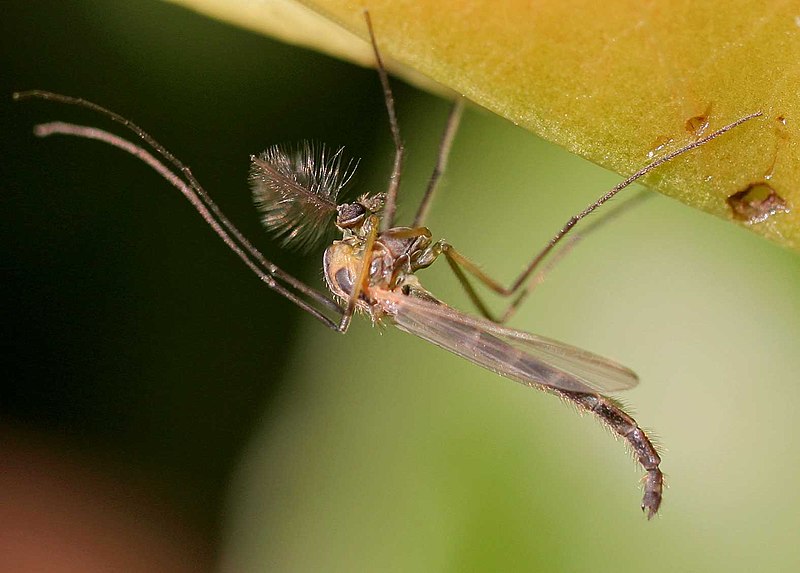Midges, mayflies, muckelheads, this can all be very confusing. And all of them can be very annoying. We'd like to help clarify a bit of the current bug conundrum.
Let's start here: There are midges (also known as muckleheads), and there are mayflies. They are different, but they're both related to the quality of our Great Lake.
Midges and muckleheads
The shores of Lake Erie have been teeming with these little guys lately—
muckleheads. Fox 8 meteorologist
Scott Sabol has shared a few updates over the last week.
 |
| twitter.com/scottsabolfox8 |
We verified his total. He was off by three.
But what are these pesky buggers? These are known as muckleheads or
midges. Or if you want to impress friends, call them
Chironomidae.
 |
| WIkipedia |
They hatch over Lake Erie in the spring and fall and make their way inland. They don't bite and they're not harmful, but they can still be a nuisance during a beach barbeque. According to our Senior Investigator Ron Maichle, they are organisms of interest because they have varying tolerance of pollution. The Sewer District does collect
macroinvertebrates to study water quality, but we do not study the adult midge population.




